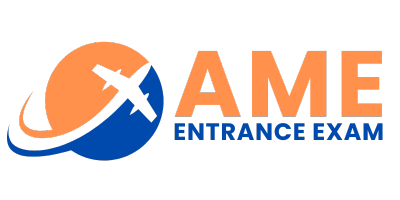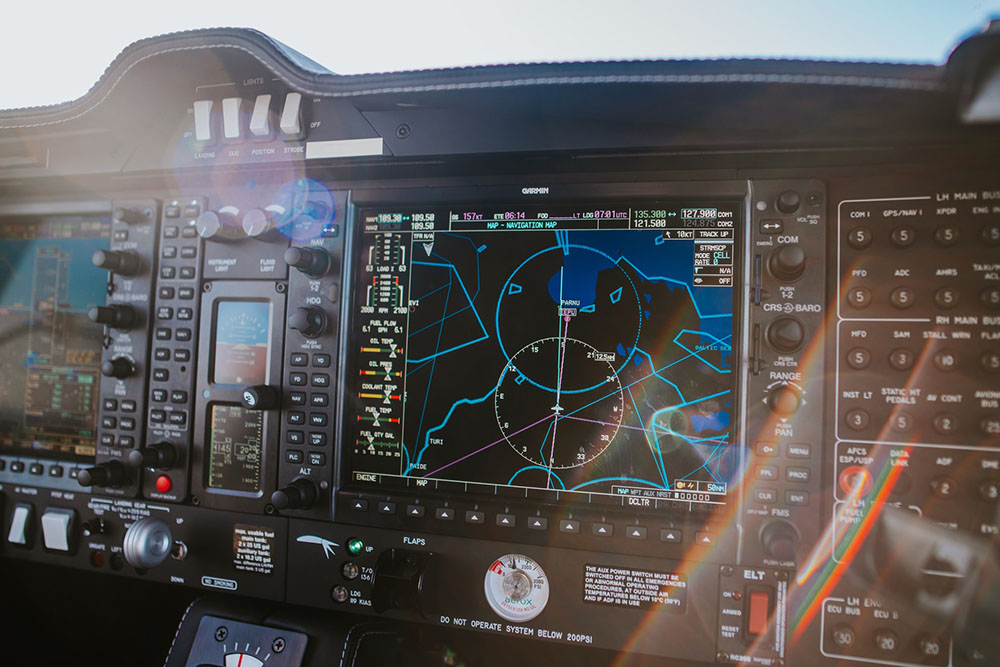“Aerospace/Aeronautical engineers design primarily aircraft, spacecraft, satellites, and missiles. In addition, they create and test prototypes to make sure that they function according to design,”
One of the newest branches of engineering, the field of aerospace engineering has changed dramatically since it began in the 19th century, and is expected to continue to evolve in pace with technological advancements. As such, the job outlook for aerospace engineers is equal to that for all occupations. Specifically, aerospace engineers are working to design more environmentally friendly aircraft which produce less noise pollution with enhanced fuel efficiency. Space exploration is also an emerging area of interest for many aerospace engineering companies.
Aerospace engineers are responsible for the research, design and production of aircraft, spacecraft, aerospace equipment, satellites and missiles. They also develop new technologies
Aerospace engineering is largely the design, construction and maintenance of aircraft, spacecraft, missiles and weapons systems. Main focuses can include flight safety, fuel efficiency, operating costs and environmental impact.
Aerospace engineers may have a choice between the research and development, testing or maintenance side of the profession. They are often tasked with calculating project costs and timescales, writing manuals and upgrading and developing new technologies.













